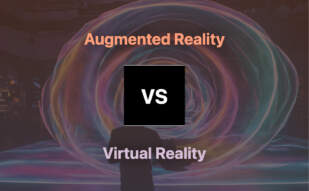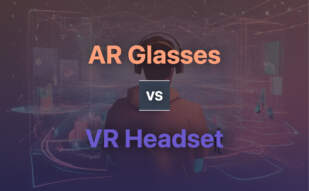For tangible asset simulation, optimization, and life-cycle examination, Digital Twin is the choice considering its integration with IoT, AI and Machine Learning, and wide usage across various industries. However, for highly immersive, multisensory, interactive experiences, primarily in gaming and simulated training scenarios, Virtual Reality holds the edge.
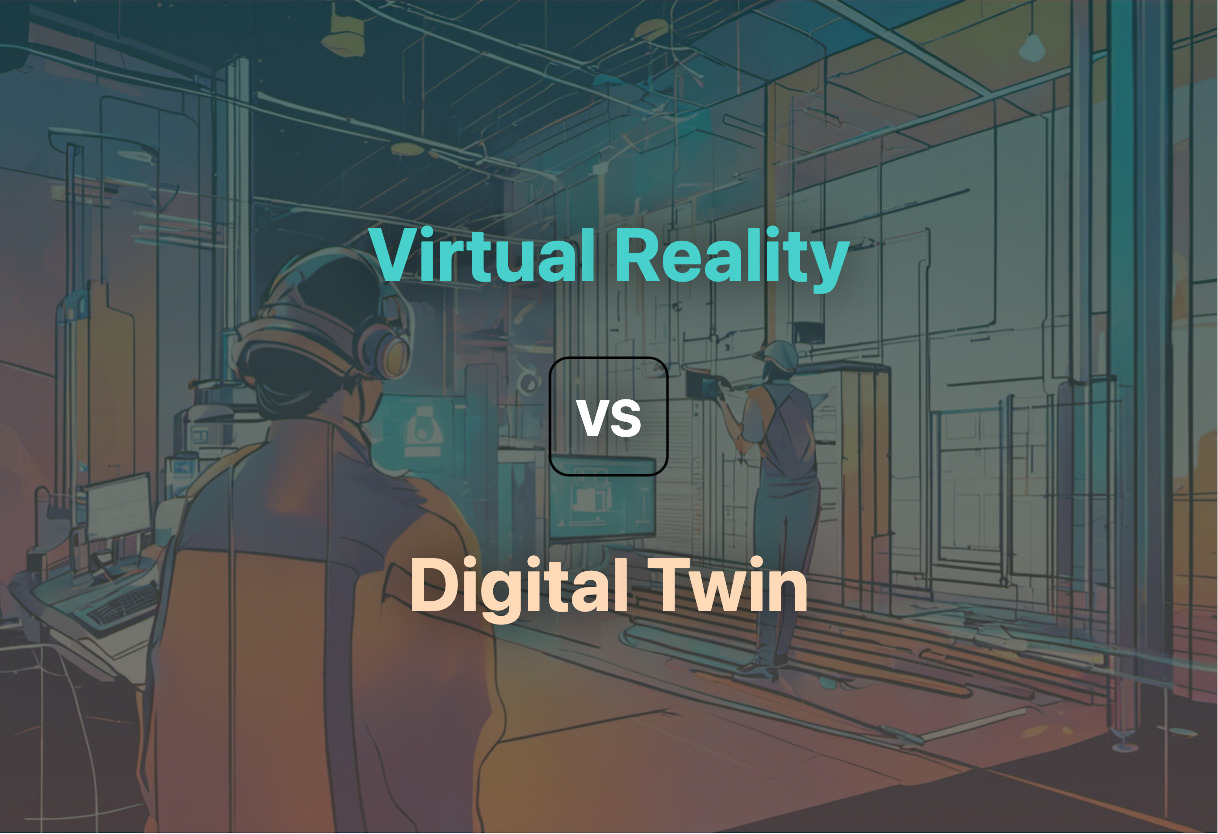
Key Differences Between Virtual Reality and Digital Twin
- Origin: Virtual Reality roots to 1800s, practical photography era whereas Digital Twin concept originated in NASA’s space programming in the 1960s.
- Tech Stack: IoT, AI and Machine Learning are prominent in Digital Twin tech, while Virtual Reality is driven by device-centric immersive technology.
- Interactivity: Virtual Reality provides an interactive 3D model space, whereas Digital Twin offers real-time updated complex virtual environments.
- Application: Virtual Reality has found extensive use in gaming and training. Digital Twin is used vastly for lifecycle examination, process improvements, and product testing across industries.
| Comparison | Virtual Reality (VR) | Digital Twin Tech |
|---|---|---|
| Origins | Traced back to the 1800s with practical photography, VR technology has evolved around the idea of creating realistic, immersive environments. Key points in its history include the development of devices like the Sensorama and Telesphere Mask, and landmark concepts like Sutherland’s “Ultimate Display”. | Originated in 2002, Digital Twin technology concept was used initially in NASA’s space programming in the 1960s, specifically the Apollo 13. The technology works by creating a digital replica of physical systems for testing, analysis, and optimization. |
| Key Developments | Major milestones in VR are: Morton Heilig’s Sensorama and Telesphere Mask; Ivan Sutherland’s ‘Ultimate Display’ and Sword of Damocles; NASA’s VIEW system; commercial VR products by VPL Research and Facebook’s acquisition of Oculus VR. | Key milestones in Digital Twin tech include its formal introduction by Michael Grieves in 2002 and its adoption as a top strategic technology trend in 2017. Uses Internet of Things (IoT) technology to transmit real-world information to its digital replica. |
| Applications | VR is used for creating immersive environments for entertainment and gaming, remote viewing in military situations, and simulation exercises in various fields. Oculus Rift & The Franklin Institute’s flight simulators represent modern uses. | Digital Twin tech is widely used across industries for process improvements, product development testing, and lifecycle examination. This includes sectors such as retail, healthcare, and manufacturing. It enables testing and optimization through predictive modeling. |
| Advantages | VR offers immersive, realistic experiences, enabling high-end simulation and entertainment. Its market growth is significant, partly due to investments like Facebook’s $2bn acquisition of Oculus VR. | Digital Twins allow real-time monitoring and analysis of physical systems, facilitating predictive maintenance and efficiency improvements. The technology is increasingly significant as IoT develops. |
| Challenges | Despite the promise of VR, it comes with challenges including high development costs, possible motion sickness for users, and a need for significant computational power to produce high-quality experiences. | While Digital Twins offer valuable insights and efficiencies, they also pose challenges related to cost, security, privacy, and data integration. It may also be inappropriate or overkill for certain business problems. |
What Is Virtual Reality and Who’s It For?
Virtual Reality (VR) is a technology pathway tracing its roots back to the 1800’s practical photography era. However, the term ‘Virtual Reality’ was first coined in mid-1980s by VPL Research founder Jaron Lanier. Now, it’s a key player in a multitude of fields, from entertainment to healthcare, while its capabilities for immersive experiences change the way we see and interact with digital environments.
VR is for anyone and everyone – from gamers looking for an immersive experience, engineers seeking a hands-on simulation, learners craving interactive education, or therapists pursuing unique healthcare treatments. It transcends boundaries, providing tangible experiences in an intangible, digital realm.
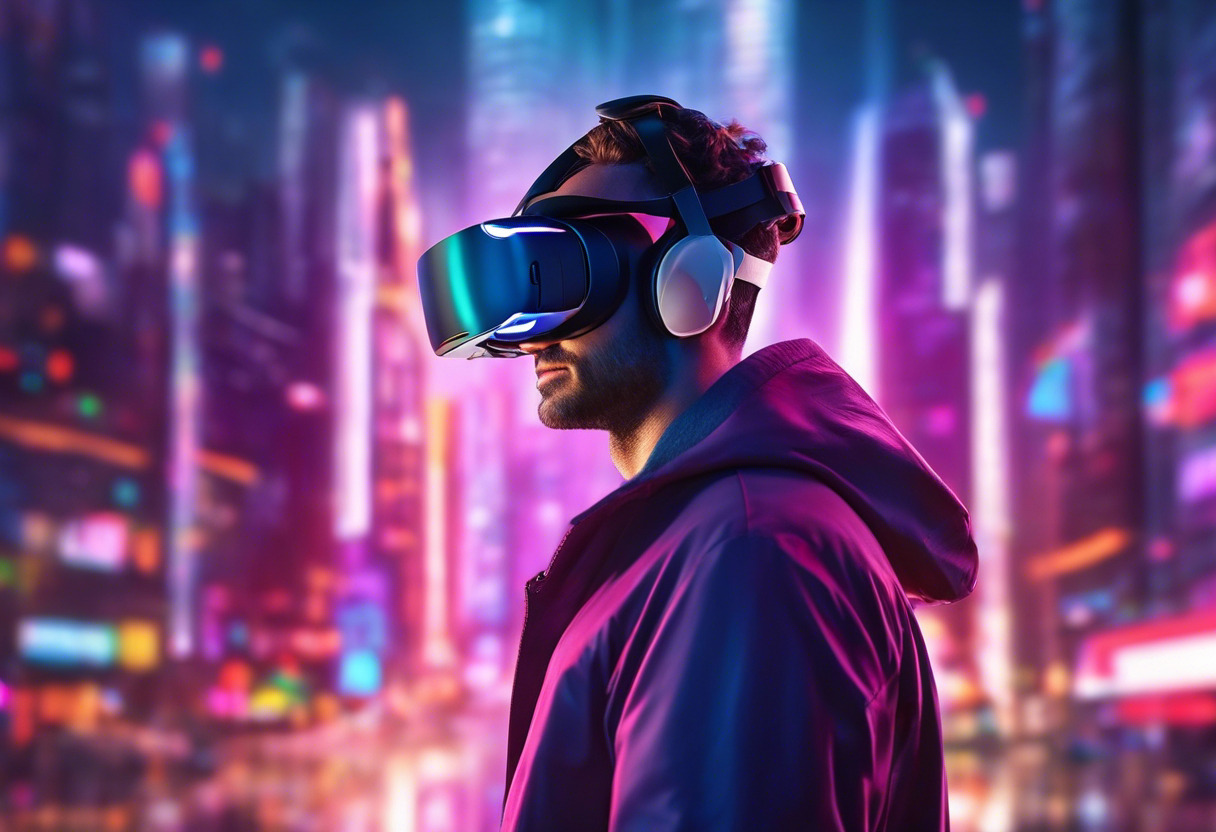
Pros of Virtual Reality
- Accurate representation of 3D models
- Real-time multi-sensory stimulation
- Widening field of application
Cons of Virtual Reality
- Need for high-end hardware
- Potential for motion sickness
- Expensive development process
What Is Digital Twin and Who’s It For?
Digital Twin is a revolutionary technological concept that involves digitally replicating physical assets for simulation, optimization, and improvement. The idea, having its origins in 2002, was previously used in NASA space programming in the 1960s, but has since been extended to various industries such as automotive, healthcare, and power generation.
Anyone who wishes to improve efficiency, solve problems before they occur, or test new ideas without risking real resources can benefit from Digital Twin technology, including manufacturing engineers, healthcare administrators, and retail business owners.

Pros of Digital Twin
- Allows testing of solutions in a risk-free digital environment
- Improves efficiency and optimizes performance
- Provides real-time updates and complex virtual environments
Cons of Digital Twin
- Potential security and privacy risks
- Can be costly for small-scale scenarios
- Needs data scientists or applied mathematicians
Virtual Reality vs Digital Twin: The Final Verdict
In the grand duel of technological advancements, when choosing between Virtual Reality and Digital Twin, the user’s requirements dictate the winner.
Developers
Developers seeking interactive, immersive, multisensory experiences would find Virtual Reality an ideal choice. Its rich history from the stereoscope era to Oculus VR suggests an evolution tailor-made for deep, interactive user experiences.

AR/VR Creators
AR/VR creators flirting with the boundaries of realism will favor Virtual Reality’s Sensorama-like capabilities that overlay stimulating user environments, thereby boosting creative horizons.
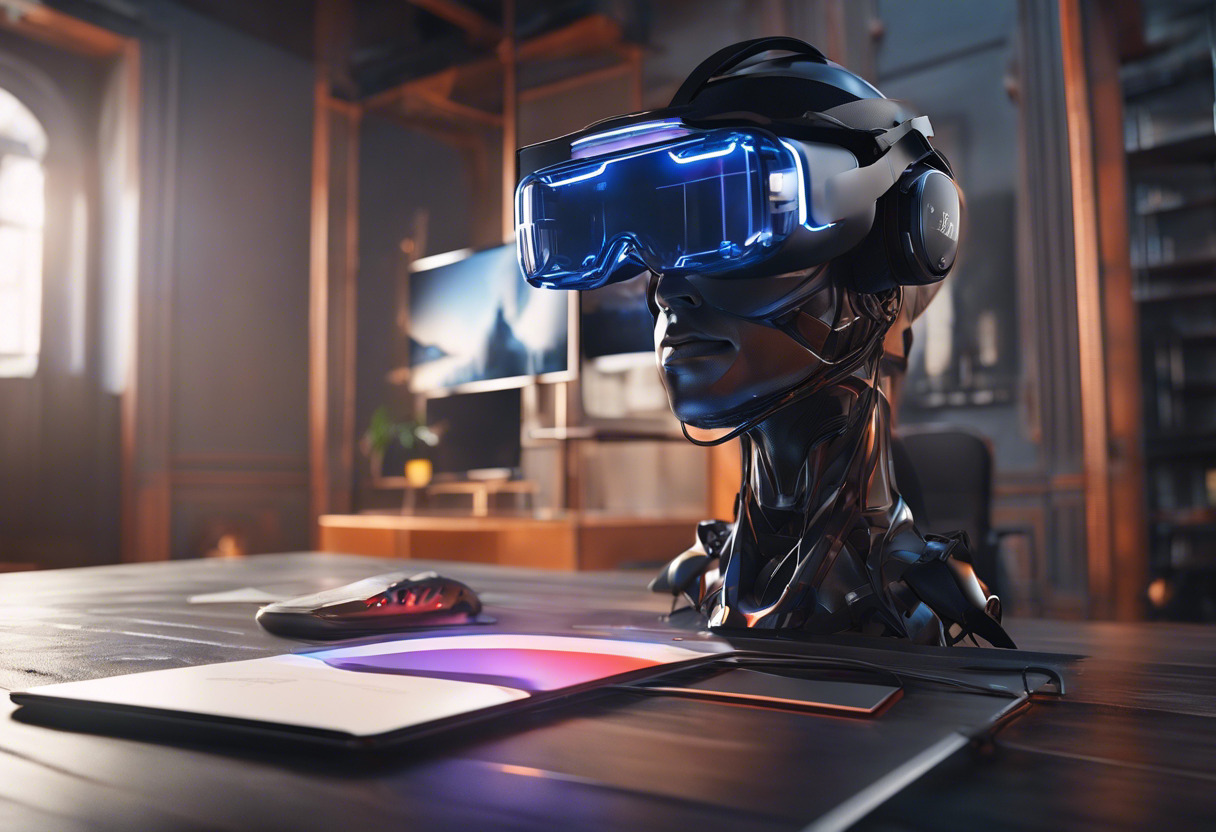
Tech Enthusiasts
Tech enthusiasts looking for dynamic simulation and optimization of physical assets in real-time will find Digital Twin compelling. Its origins in NASA testing and significant IoT applicability signal enticing practical and futuristic potential.
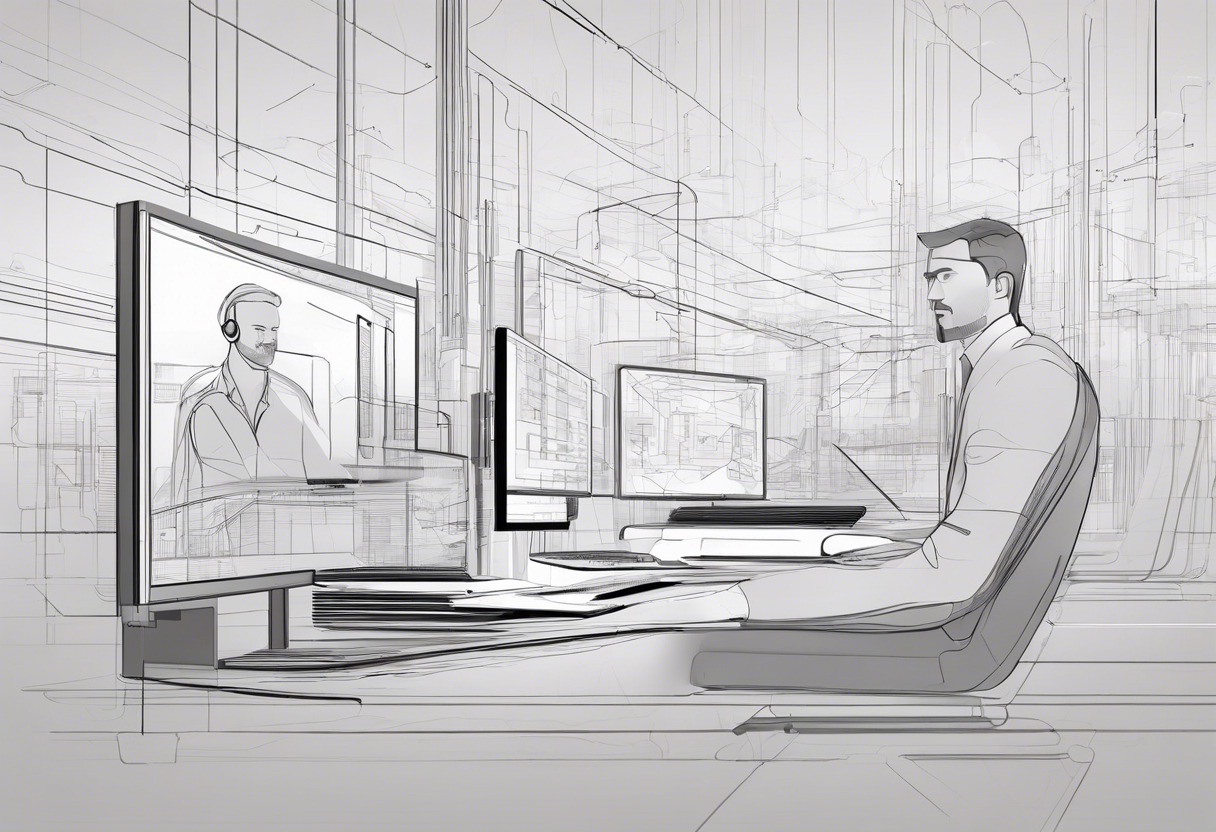
Data Scientists & Applied Mathematicians
Digitally simulating problems and finding solutions in the virtual realm is a strong pull for data scientists and applied mathematicians. The Digital Twin would be the preferred technology here, given its complicated yet intriguing predictive model frameworks.
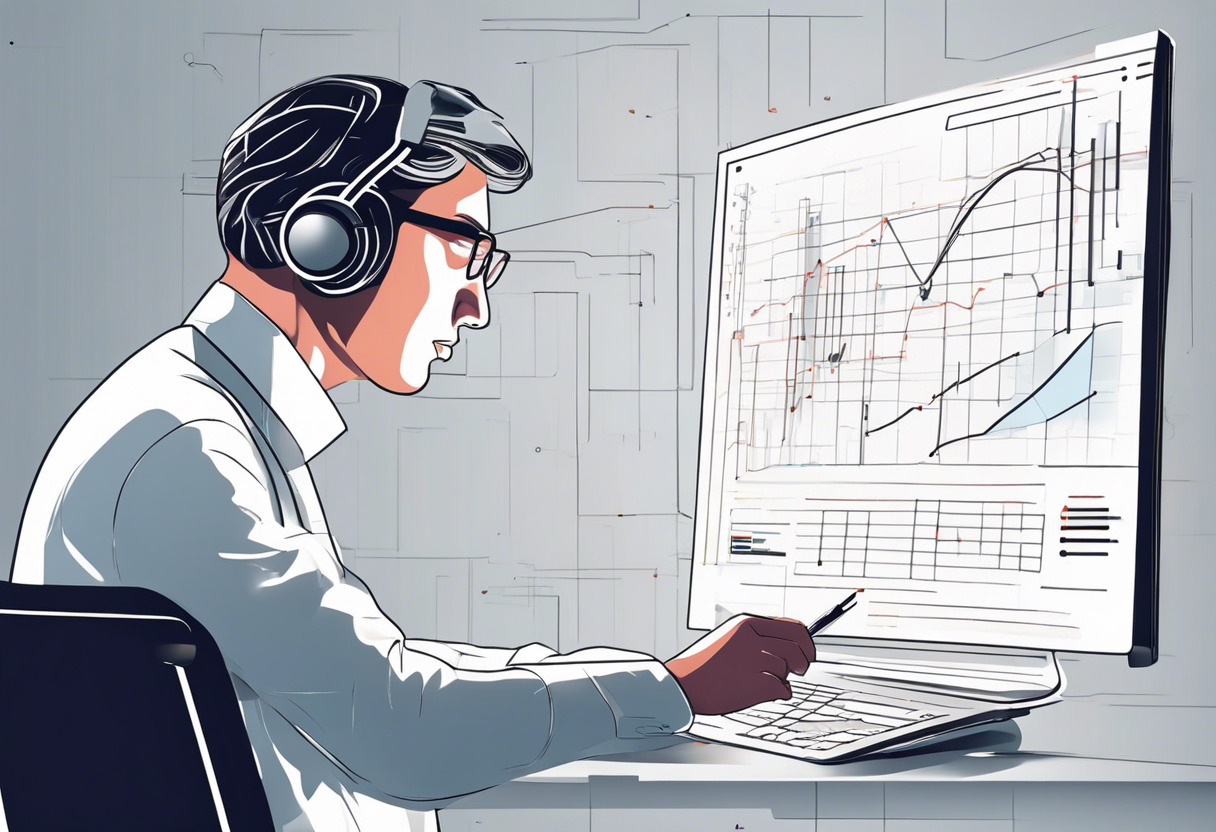
Manufacturers
Manufacturers craving efficiency across product lifecycles would benefit from the Digital Twin’s advent, thanks to its real-time data handling, seamless product testing, and component aggregation.
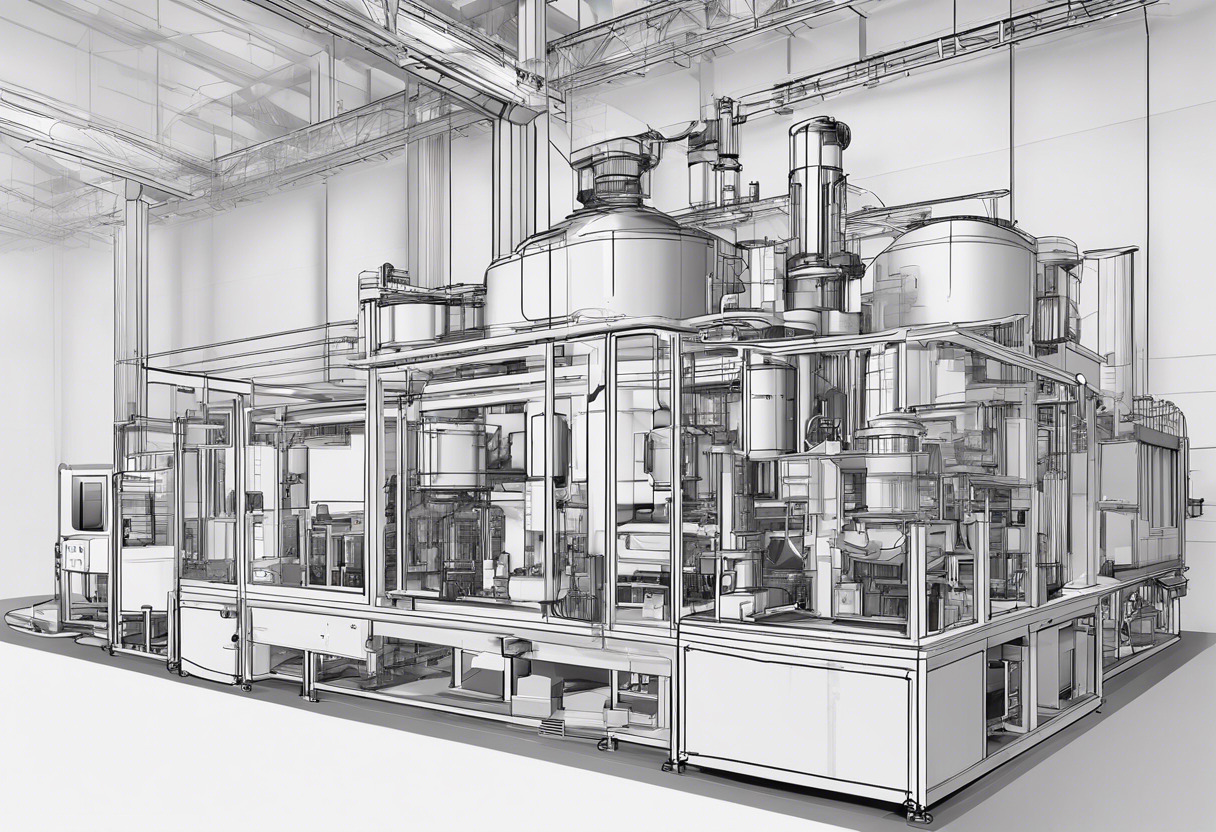
In the contest of Virtual Reality and Digital Twin, each shines in its realm. While VR thrives in fostering immersive multi-sensory interaction, Digital Twin excels in real-time simulation and optimization of physical components.
Hannah Stewart
Content writer @ Aircada, tech enthusiast, metaverse explorer, and coffee addict. Weaving stories in digital realms.




